To book an upcoming textile tour to Japan with Okan Arts +click here
By Patricia Belyea
TOKYO JP. I planned my trip to Japan to coincide with the annual dyeing festival: Some No Komichi. And I was rewarded with a glorious day.
Not only were there blue skies, the event was just perfect. The lively affair, in the historic dyeing district of Tokyo, offered non-stop delights.
Outside Nakai Station, enthusiastic festival volunteers handed out brochures and sold promotional tenugui designed for the 2024 event.

The River Gallery displayed tanmono (full bolts) of dyed fabrics draped over cables above the Myoshoji River. Bridges that crossed the waterway provided premium viewing.

Local businesses hung special noren (door curtains) created for the festival. With 95 custom noren in all, it was like a treasure hunt looking for them throughout the neighborhood.

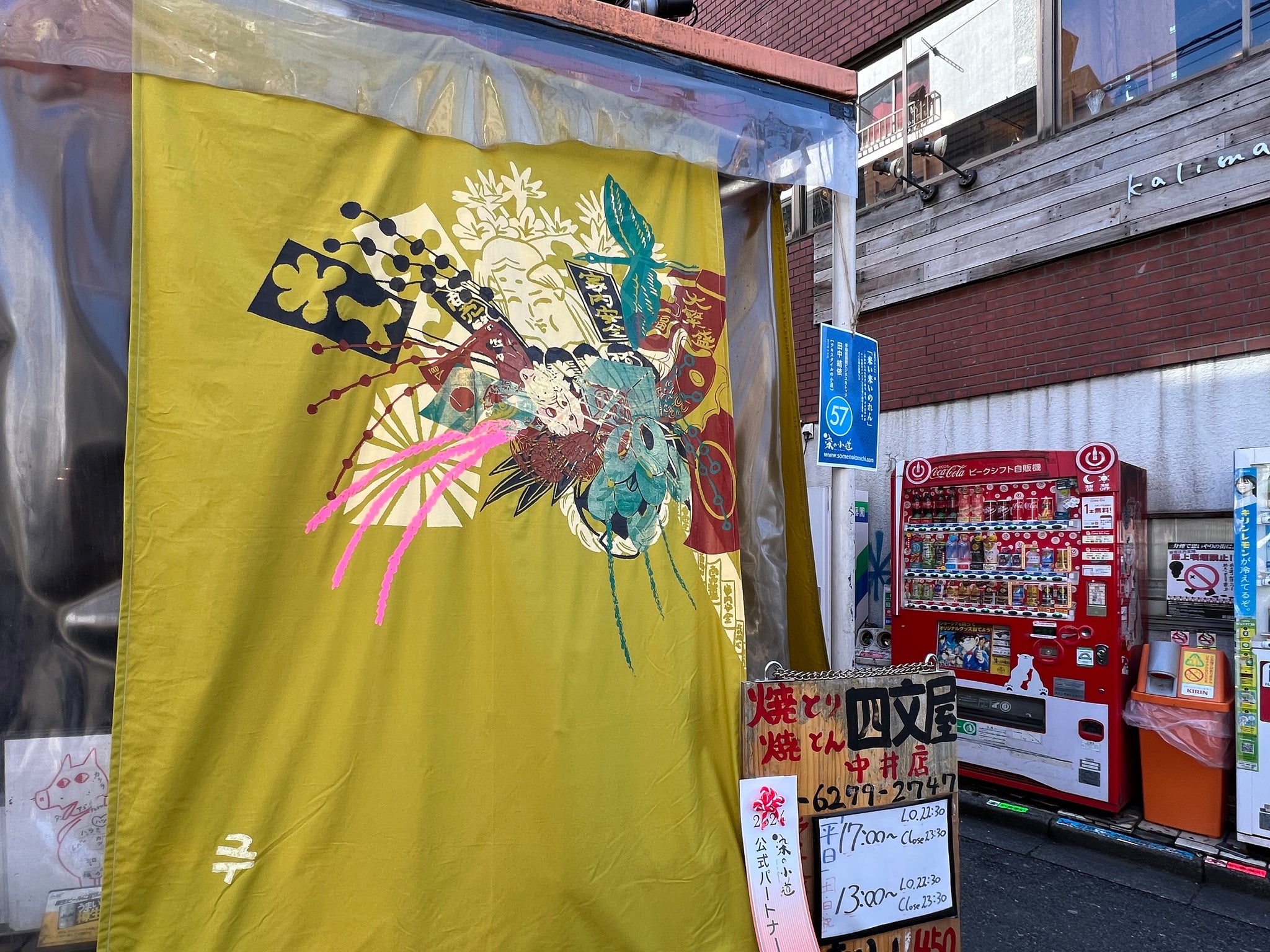

The streets were scattered with stalls of specialty foods and handmade goods.
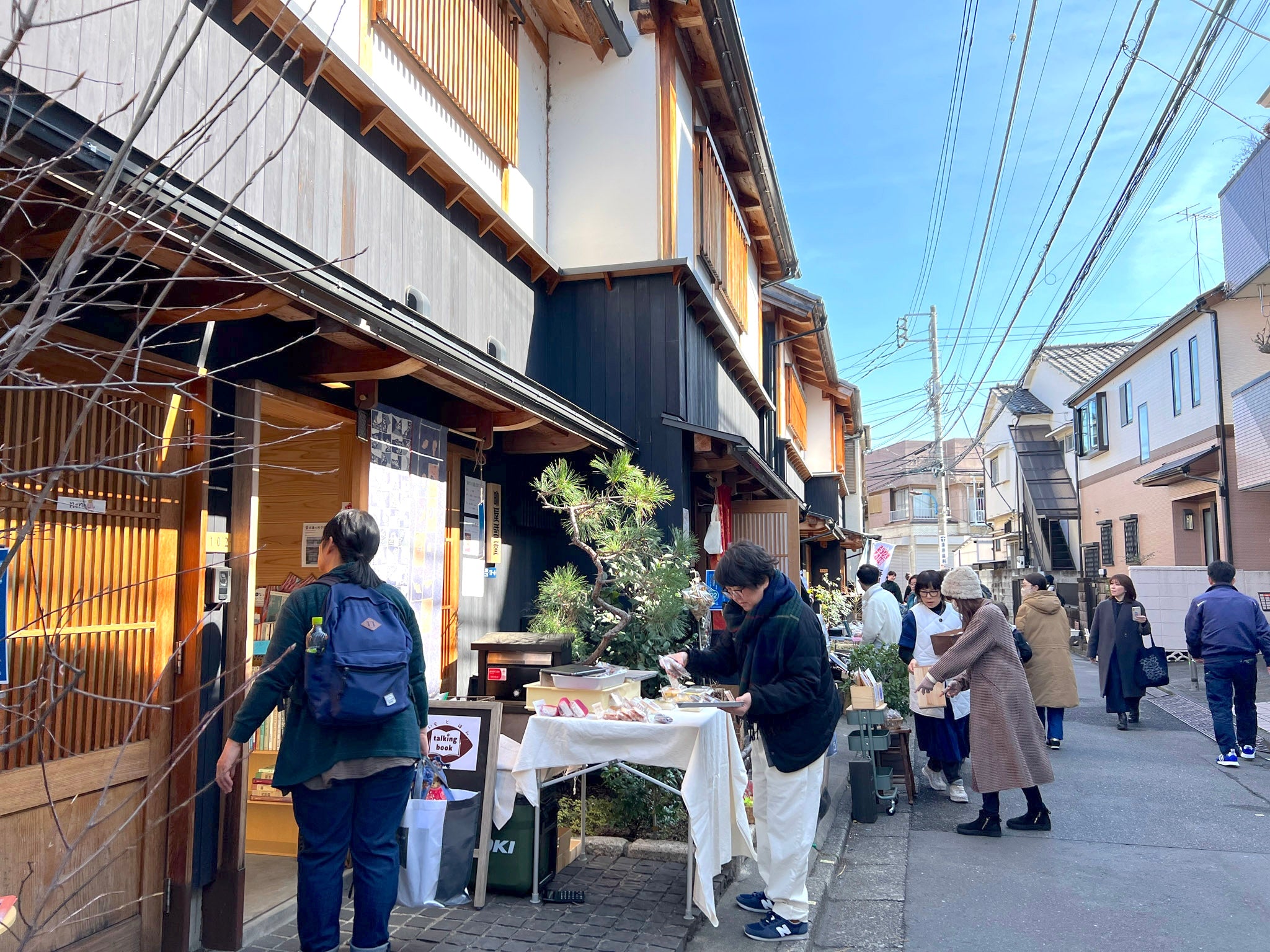
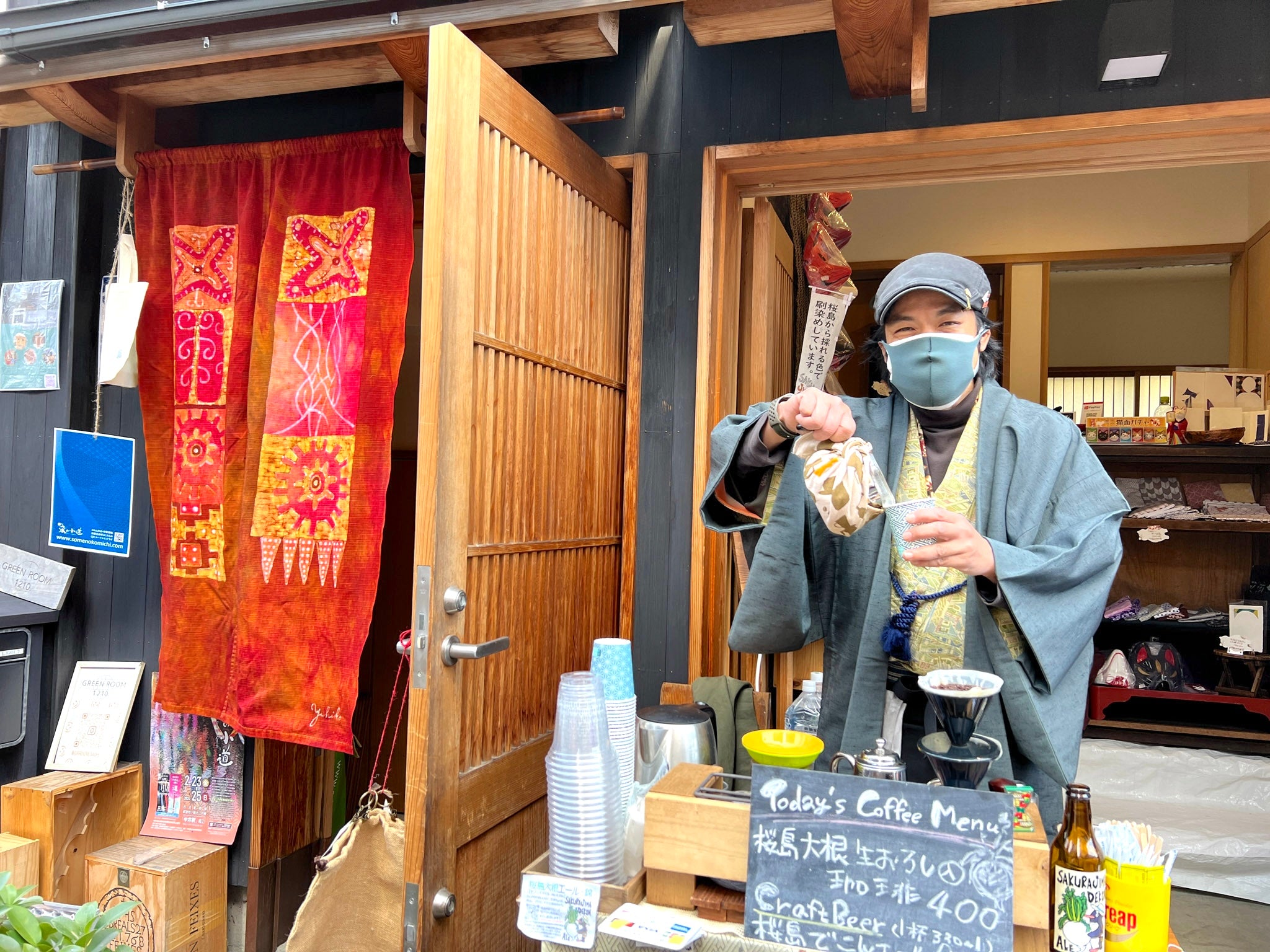
This textile artisan laser-cut felt to make her endearing yin yang cat graphic.
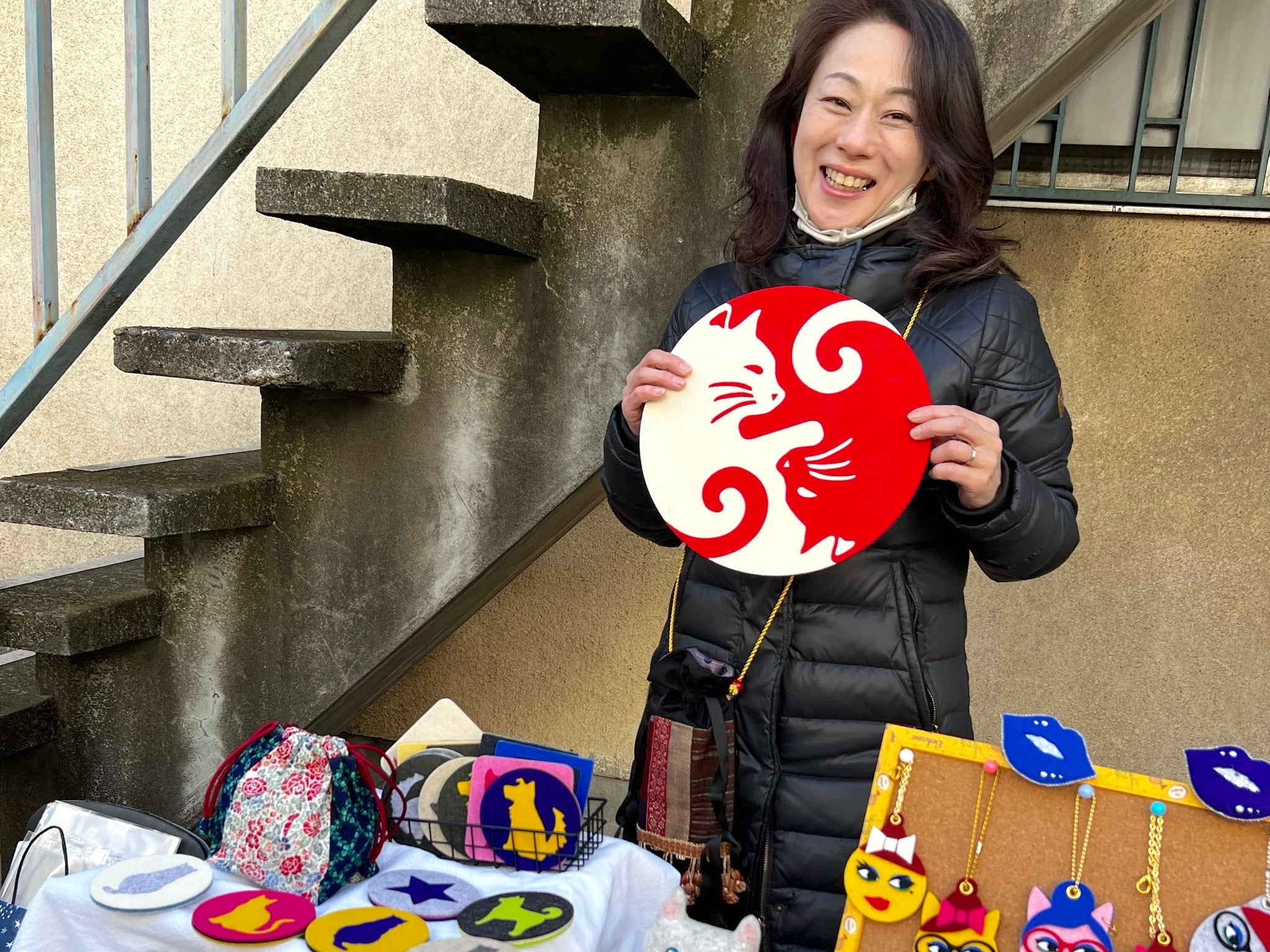
I stepped into a pop-up shop where Junko Takano from Niigata (@niigatapurekoubou) displayed her wares. Her bamboo baskets collaged with old papers and folk textiles impressed me as much as her meisen kimono.
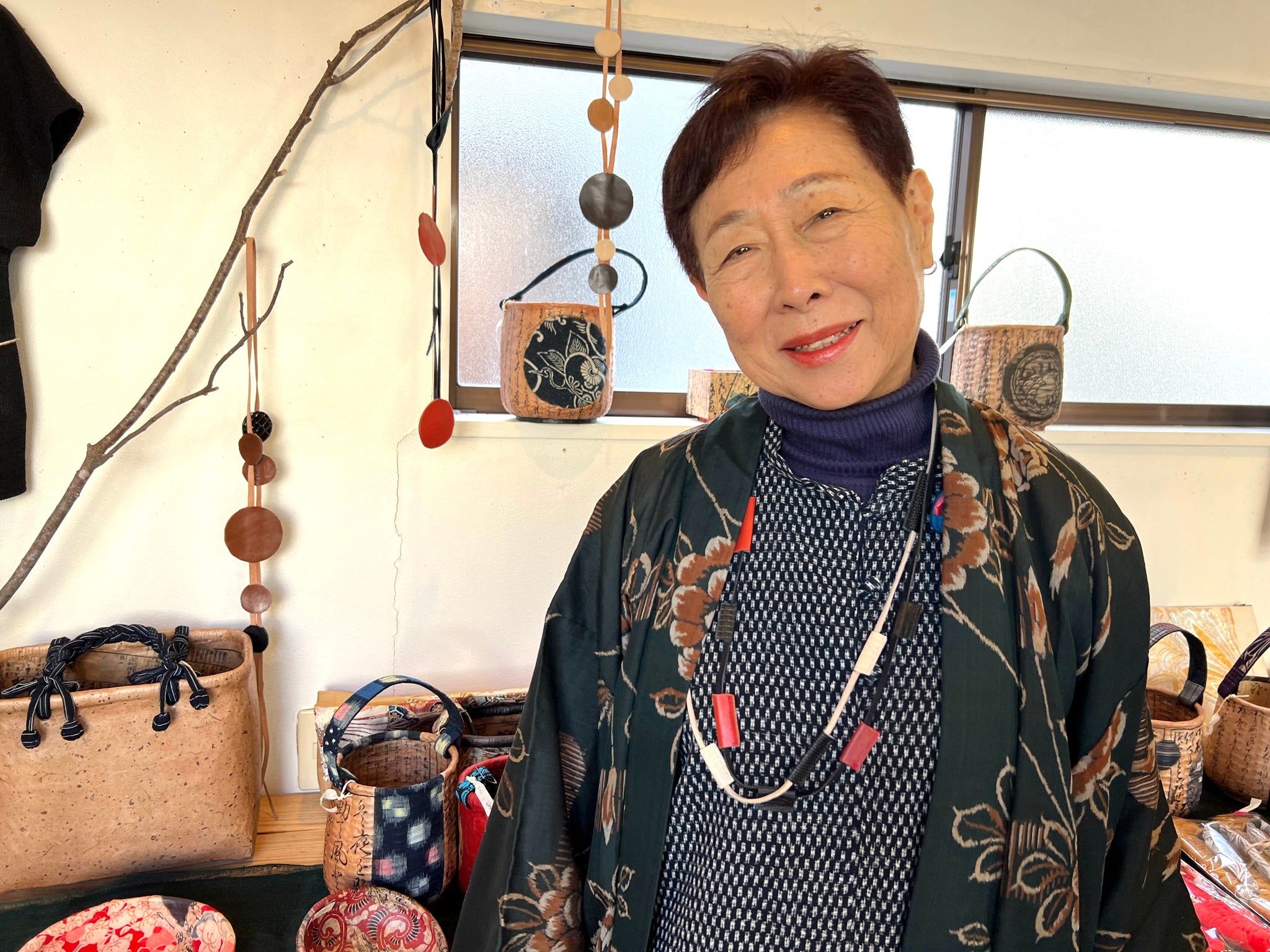

Under an nearby overpass I discovered a wonderful display of paper lanterns, painted by school children, decorating a refreshments area. Volunteers in matching happi coats were making hot drinks. Sweetening my day, I ordered a petite cup of cocoa for 300¥.
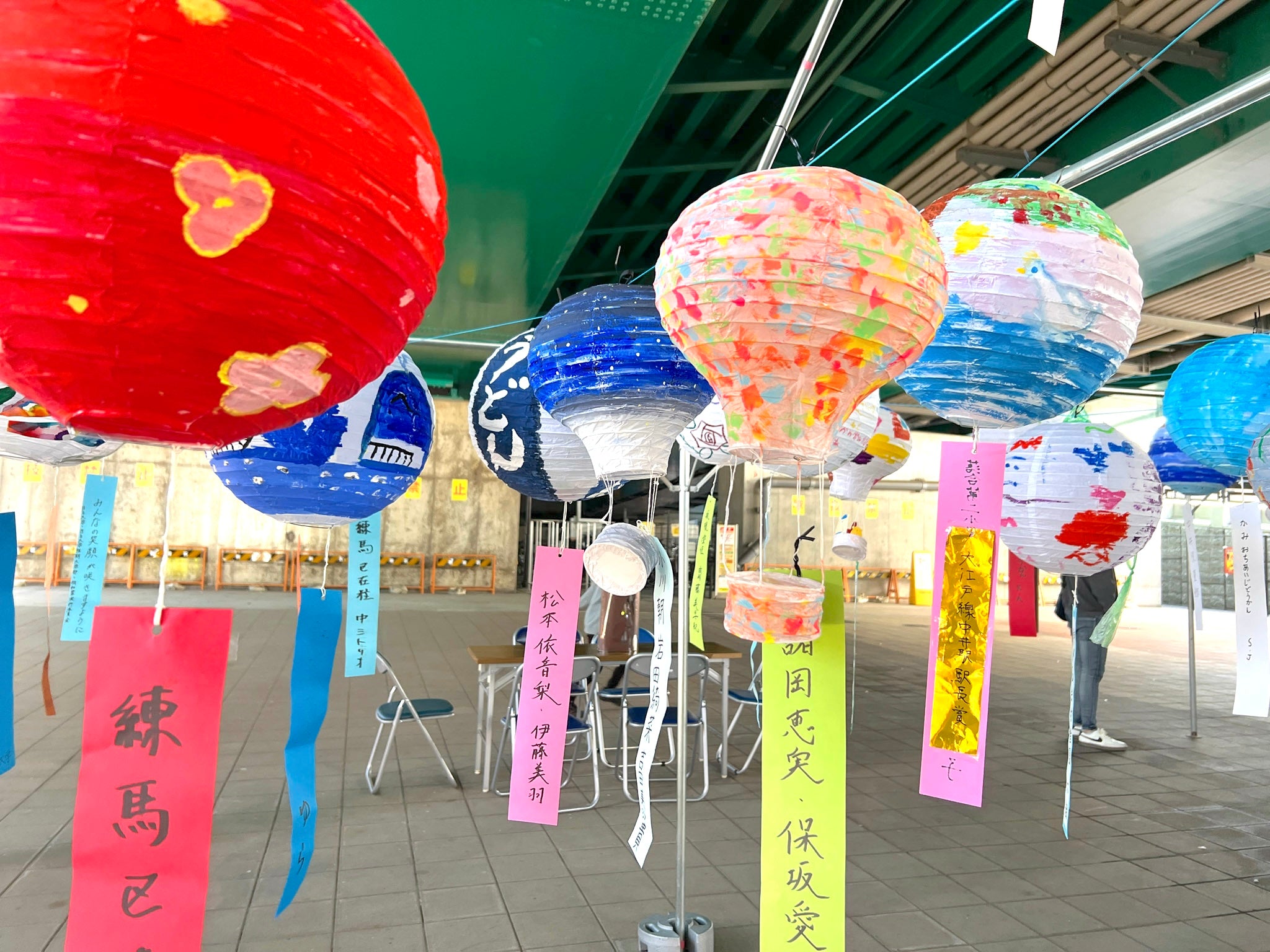
Next door, the local high school gym was open for a hands-on activity. A team of youth helped children cut up paper to make stencils for a silk-screened fabric banner.

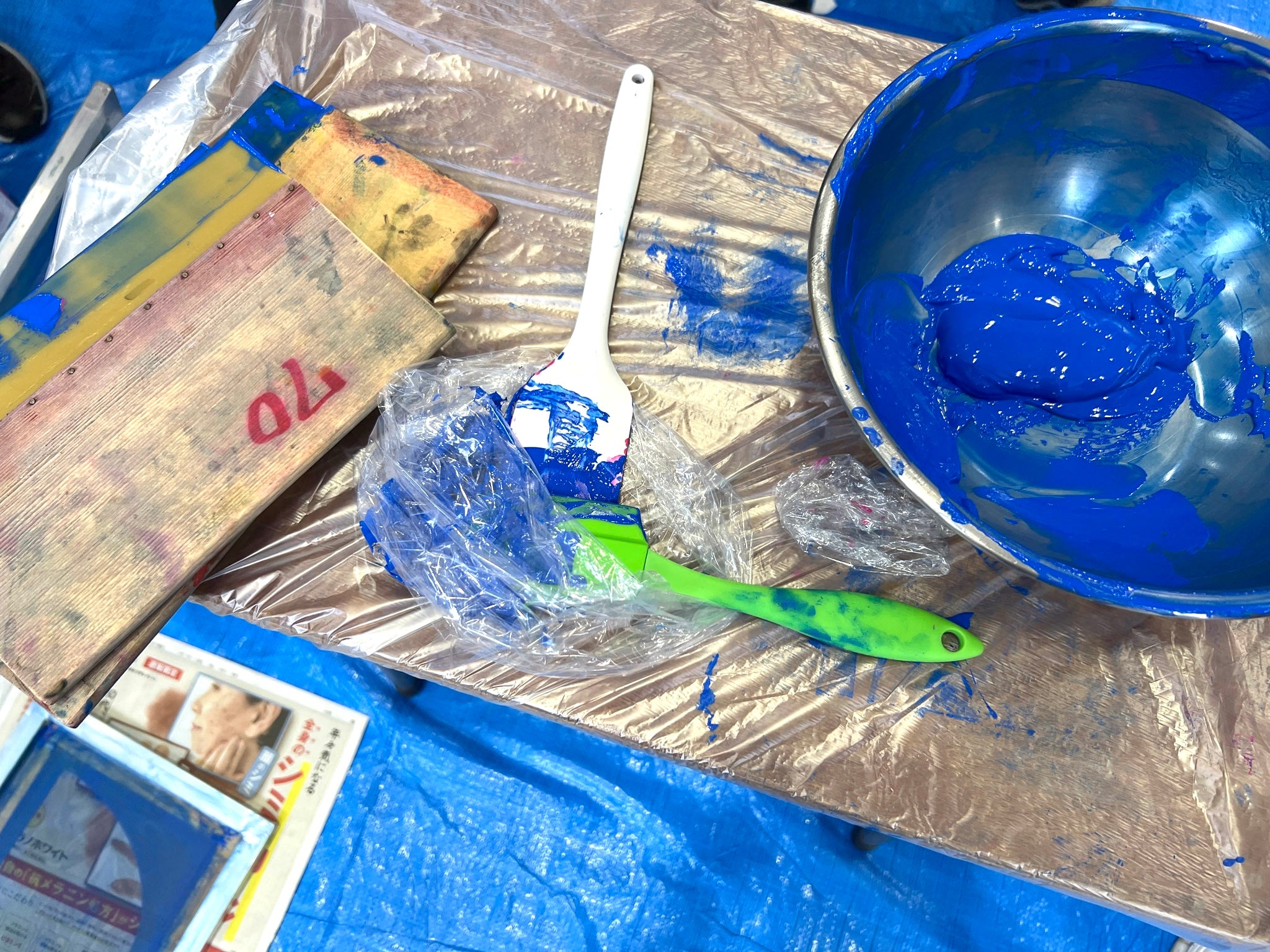

In a seating area, adults listened to a gal demonstrating yuzen dyeing — pressing brushes lightly loaded with liquid dyes through hand-cut stencils.

An exhibit of kimono and obi allowed for a close inspection of textile dyeing.
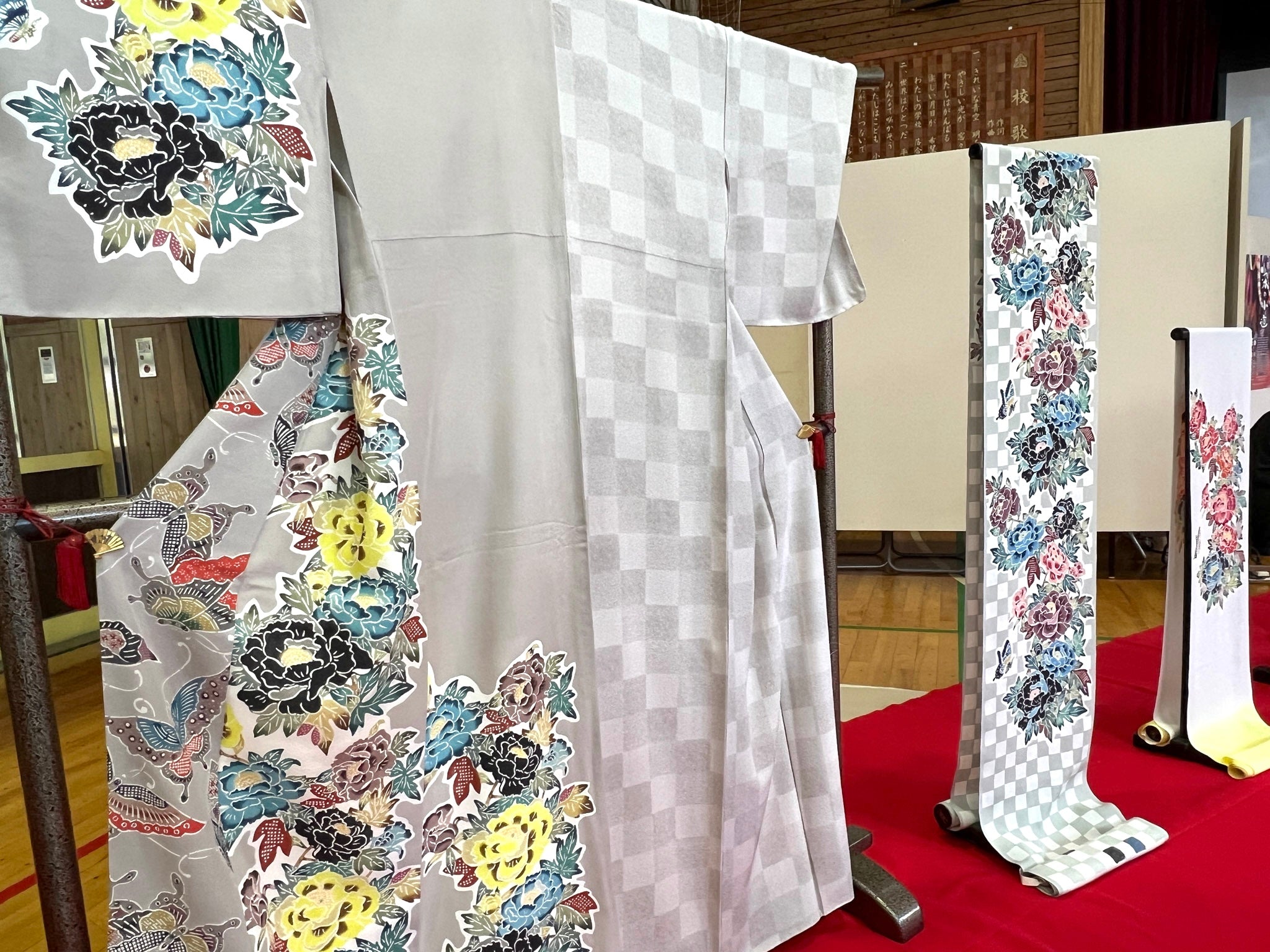
Bringing textile dyeing to life, Aya Goto of the Shinjuku Convention & Visitors Bureau wore a gorgeous kimono and obi dyed in the bingata style. Both textiles were masterfully created by Kayoko Yamamoto.


The final stop of my adventure was a bento lunch at a restaurant displaying Noren #51—four shibori panels dyed in pastel colors. The rice topped with whitebait—teeny fish with black eyes smaller than a pinprick—was a unique treat.


Creative, colorful, and charming: this event fulfilled all my dreams for a festive celebration of Japanese textiles.
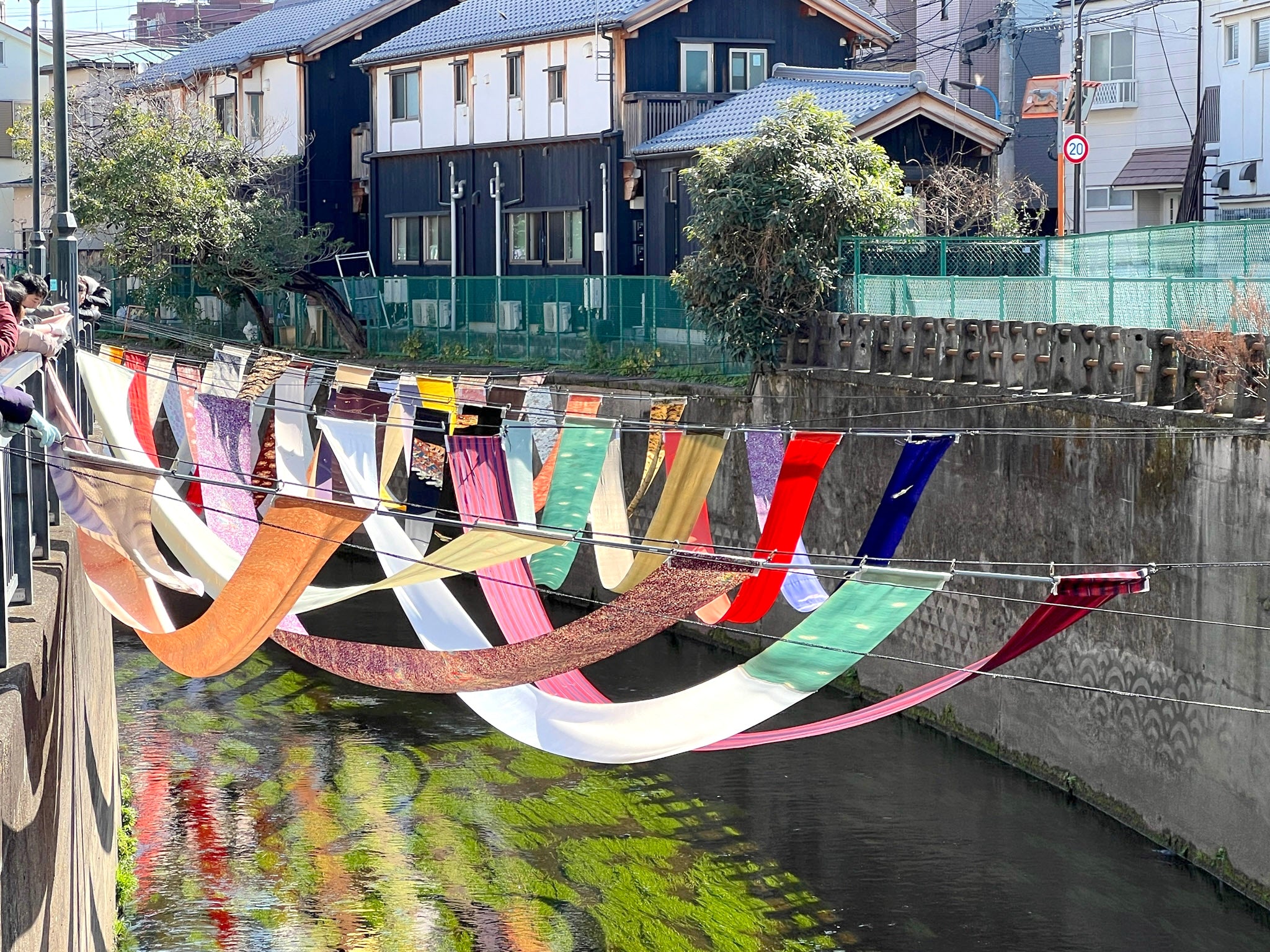


# # # # #
ABOUT US: Okan Arts, a petite family business, is co-owned by mother-daughter duo Patricia Belyea and Victoria Stone. Patricia and Victoria sell Japanese textiles online, host creative quilting experiences, and lead quilting & textile tours to Japan.







